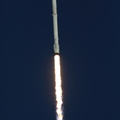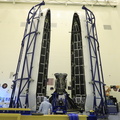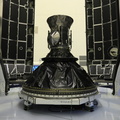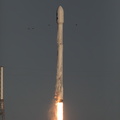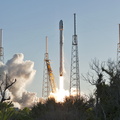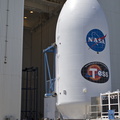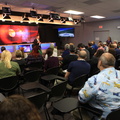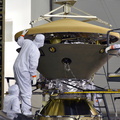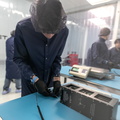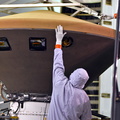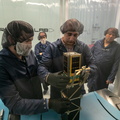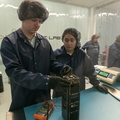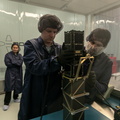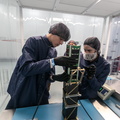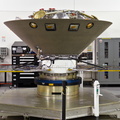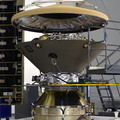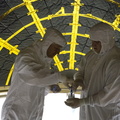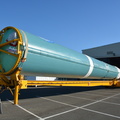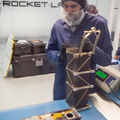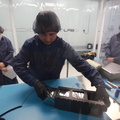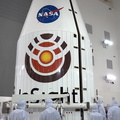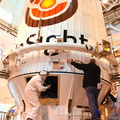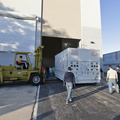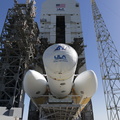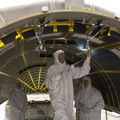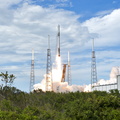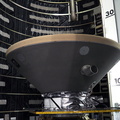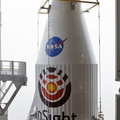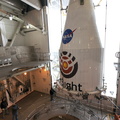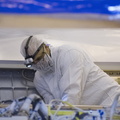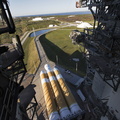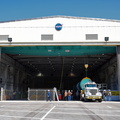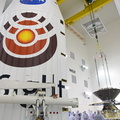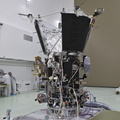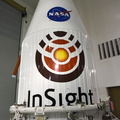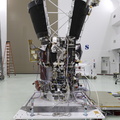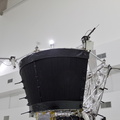
WIKIARCHIVES.SPACE
The Human Spaceflight Archive

Information
- Taken in
- Other
- Зураг авсан
- NASA/Cory Huston
- Тайлбар
- The CubeSat CeREs - short for Compact Radiation Belt Explorer. Its final destination: Earth’s radiation belts. Our planet is nestled in the center of two immense doughnut-shaped rings of radiation that swell and shrink in response to solar activity. This is a dynamic region of near-Earth space through which spacecraft and astronauts travel; understanding the belts’ behavior is crucial for ensuring their safety. From its high inclination, low-Earth orbit, the CubeSat — no larger than a loaf of bread — will face the tumultuous storms of the radiation belts. In particular, CeREs will examine how radiation belt electrons are energized and lost, particularly during events called microbursts — when sudden swarms of electrons stream into the atmosphere. CeREs will also inspect and characterize the high-energy particles that arrive at near-Earth space by way of the solar wind, the constant flow of charged particles from the Sun, 93 million miles away. The CubeSat was designed and built at NASA’s Goddard Space Flight Center in Greenbelt, Maryland.
- Үүсгэсэн огноо
- Мягмар 10 4-р сар 2018
- Цомог
- US SPACE PROGRAM / SATELLITES / ELECTRON / ELANA 19 / Rocket preparation
- Source link
- https://www.flickr.com/photos/nasakennedy/albums/72157704349771804
- Үзсэн
- 29
- Үнэлгээ оноо
- үнэлгээ байхгүй
- Үнэлэх
- License
- CC BY-NC
- Modified by WikiArchives
- No (original)
- Downloads
- 0
EXIF мэдээлэл
Canon Canon EOS 5D Mark II
- Make
- Canon
- Model
- Canon EOS 5D Mark II
- DateTimeOriginal
- 2018:04:10 11:13:10
- ApertureFNumber
- f/4.0
Вэб хөгжүүлэгч Piwigo
